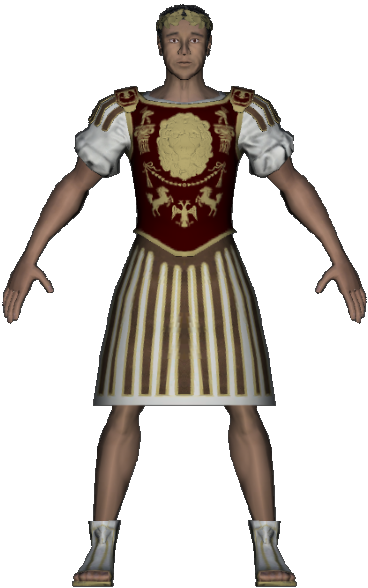Our choice of Shakespearean drama as the focus for a major ModLab project was eminently practical: our partners at the Games Institute had a relationship with the Stratford Festival, and thus there was not only momentum but also the audience at a high-profile venue at hand. But as we began to design the game that would ultimately become Play the Knave, it became clear that Shakespeare’s dramas were well suited to our lab’s experimental methods for historical and conceptual reasons, not merely pragmatic ones. The theatrical content of Play the Knave was, in fact, integrally related to the working processes of our collaboratory, which were infused with the playful elements of Shakespearean theater.[1] This second act will narrate our process of research and development of Play the Knave to demonstrate the ways collaboratories use what performance scholars call “practice as research” (PaR). That said, we also make a case for refining that acronym, for, in our experience, this method may be more fittingly called play as research.
The Avatars of Play the Knave
Ancient

Roman Soldier

Roman Senator

Roman in Blue

Peasant

Egyptian Queen

Roman Soldier
|

Roman Senator
|

Roman in Blue
|

Peasant
|

Egyptian Queen
|
The Avatars of Play the Knave
Ancient

Roman Soldier

Roman Senator

Roman in Blue

Egyptian Queen
The Avatars of Play the Knave
Ancient
Sci-Fi and Fantasy





The Avatars of Play the Knave
Ancient





Ancient





Roman Soldier
Roman Senator
Roman in Blue
Peasant
Egyptian Queen
See Bloom, Gaming the Stage; and Bishop, Bloom, and Lin, eds., Games and Theater in Shakespeare’s England.